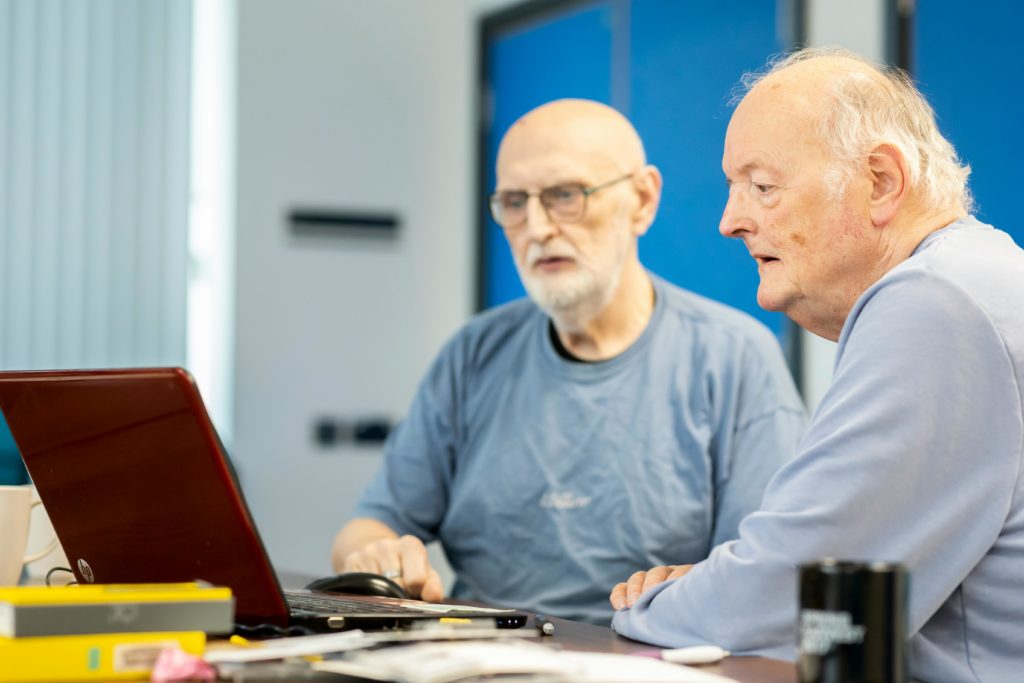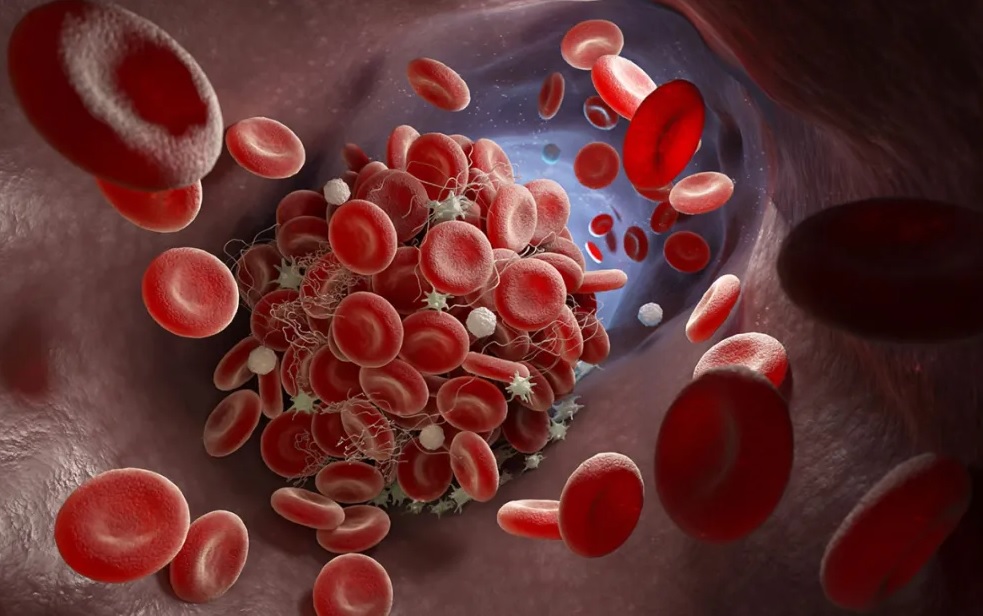Decoding Alzheimer’s Disease: The Five Faces of Brain Aging

Have you ever tried to solve a jigsaw puzzle only to realize that all the pieces are actually from five different puzzles? That’s essentially what scientists discovered about Alzheimer’s disease (AD). This new study reveals that Alzheimer’s isn’t just one big, scary monster; it’s more like five mini-monsters, each with its own personality. Let’s dive into this brainy adventure and meet these five Alzheimer’s subtypes in plain, fun language!
1. The Brain Builder (Subtype 1)
First up is the Brain Builder. This subtype is all about hyperplasticity, which is a fancy way of saying the brain cells are trying to rebuild and rewire themselves – but they’re overdoing it. Imagine trying to fix a broken toy with too much glue; it gets all sticky and clumpy. In these brains, proteins related to this rebuilding process go haywire, causing issues instead of repairs.
2. The Immune Warrior (Subtype 2)
Next, we have the Immune Warrior. This subtype’s drama centers on the immune system in the brain getting overly excited. It’s like having a security system that’s so sensitive, it goes off at the slightest breeze. This overactive immune response, driven by certain proteins, can cause inflammation and damage, making the brain’s environment hostile for neurons.
3. The RNA Rebel (Subtype 3)
Now, meet the RNA Rebel. This subtype messes up RNA processing, which is a crucial step in how our cells use genetic information to make proteins. Think of RNA as a recipe book, and in these patients, the recipes are all mixed up, leading to poorly made proteins that can’t do their jobs properly. This subtype is quite rare but is associated with rapid disease progression and shorter survival.
4. The Barrier Bouncer (Subtype 4)
Our fourth character is the Barrier Bouncer. The main issue here is with the blood-brain barrier – the protective wall that keeps harmful substances out of the brain. In these patients, this barrier is compromised, like a bouncer letting the wrong people into a club. This breach can let in substances that shouldn’t be there, causing further brain damage.
5. The Choroid Plexus Crew (Subtype 5)
Last but not least, we have the Choroid Plexus Crew. This subtype involves problems with the choroid plexus, a part of the brain that produces cerebrospinal fluid (CSF). Think of the CSF as the brain’s washing machine, cleaning out waste. If the choroid plexus isn’t working properly, the brain can’t clean itself, leading to a buildup of toxic substances.
Why These Subtypes Matter
Understanding these five subtypes is crucial because it shows that Alzheimer’s isn’t a one-size-fits-all disease. Each subtype has different genetic risk factors and responds differently to treatments. This means that future treatments can be tailored to target specific subtypes, much like how a mechanic needs different tools to fix different car problems.
Personalized Medicine: The Future of AD Treatment
This discovery paves the way for personalized medicine in Alzheimer’s treatment. Instead of a generic approach, doctors could one day tailor treatments based on which of the five subtypes a patient has. Imagine getting a personalized battle plan to tackle the exact kind of brain monster you’re facing!
Conclusion
In a nutshell, Alzheimer’s is a complex puzzle with five unique pieces. Each subtype – from the Brain Builder to the Choroid Plexus Crew – has its own set of issues and requires its own specific approach. By understanding these subtypes, scientists and doctors can develop more effective, targeted treatments, bringing hope to millions affected by this challenging disease.
So, the next time someone mentions Alzheimer’s, remember – it’s not just one disease but a gang of five unique troublemakers, each needing its own special attention!




